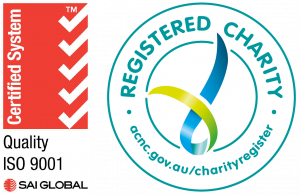Add your title here
This is the text area for this paragraph. To change it, simply click and start typing. Once you've added your content, you can customize its design by using different colors, fonts, font sizes and bullets. Just highlight the words you want to design and choose from the various options in the text editing bar.
This is the text area for this paragraph. To change it, simply click and start typing. After adding your content, you can customize it.
Our catchment is vast and its population highly diverse. It is essential for us to recognise from the outset that barriers to health care – be they physical, cultural, or economic – are also varied.
A program that boosts access for any given cohort cannot be assumed to do so equally well for others. This is why we are committed to working with community members and service providers to design health care improvements that are sensitive to local, culturally specific factors.
Heath equity and health equality are not the same thing. Equity – echoing the definition provided by the World Health Organisation – is achieved when everyone can attain their full potential for health and wellbeing, regardless of origin, background, language, faith or resources.
To approach health equity the main task is to identify and seek to remove unfair, avoidable differences to access between cohorts. These differences are forms of discrimination – deliberate or structural – and may disadvantage people because of their ethnicity, language, faith, legal status, sex, gender, disability or age.
NWMPHN holds that none of these characteristics should hinder access to quality and affordable physical and mental health care.
But fine language is of limited use without hard evidence to inform decisions. For this reason, our Insight, Performance and Digital Services team is dedicated to amassing and analysing quantitative data from sources such as the Australian Bureau of Statistics, the Australian Institute of Health and Welfare and the large health organisations with which we collaborate.
This material is then blended with more granular local-level surveys, and qualitative input from focus groups, patient and provider interviews.
The results, contained in health needs assessments of various scales – and guided by our Access and Equity Framework – provide a clear and detailed map of where health services are available, and where, and for whom, new ones need to be designed.
stories in this section


NWMPHN is an ACNC registered charity and certified by SAI Global for ISO 9001.
We acknowledge the people of the Kulin nations as the Traditional Custodians of the land on which our work in the community takes place. We pay our respects to their Elders past and present.
We also recognise, respect and affirm the central role played in our work by people with lived experience, their families and/or carers.
Number, Street, City, State, Zip Code
© Copyright NWMPHN 2023. All photos by Leigh Henningham unless otherwise noted.